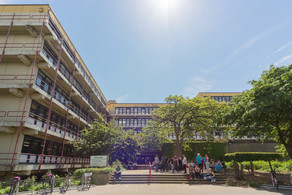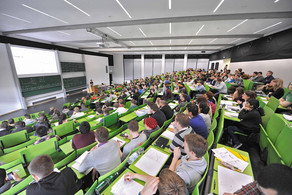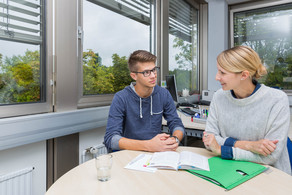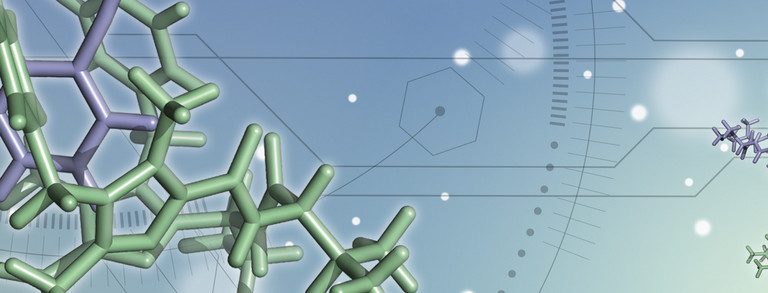How to explain to your grandmother
All matter surrounding us, including materials we use, food we eat as well as our own bodies consist of molecules, which themselves are composed of different atoms from the periodic table of elements. Molecules can be small or large, of simple shape or structurally complex, flat or voluminous, dense or hollow, soluble or solid. Whereas minerals are usually rather simple in composition and internal structure, biologically derived molecules, such as proteins, DNA and vitamins are more complex, both in der 3-dimensional structure as well as specific function. For example, enzymes are able to manufacture („catalyze“) the formation of other complex molecules and they possess control switches and input sites for chemical fuels to regulate their activity. Over billion years of evolution, nature has brought the production and function of its building blocks to perfection. They are capable of specific recognition, information storage, signal transduction, self-repair and replication. Acting together, they can function as molecular machines with the ability to maneuver atoms and molecules on the nanometer scale (as Richard Feynman already recognized in the fifties) and produce new molecules, thus acting as microscopic factories. Structural biologists and chemists have elucidated breathtaking details about the shape and motion of the molecules forming the living world.
In the last decades, driven by an inherent curiosity, researchers started to rebuilt, mimic or in some cases even surpass natural paradigms by synthetic laboratory work. They systematically created man-made molecular structures from scratch and tested their ability to reach the structural and functional complexity of what we know from the biological world. After all, they used the same chemical elements also available to nature and built on the same physical laws. Here is where synthetic supramolecular chemistry comes into play, a dedicated branch of chemical research which aims at creating molecular assemblies with ever increasing complexity. After 1987s Nobel Prize for Host-Guest Chemistry kicked off a flourishing width of research activities, the 2016 Nobel Prize for Molecular Machines showed the impressive progress in the meantime. Nevertheless, compared with biological machines and networks, the synthetic systems available to date are still in their infancy.
Within the ERC consolidator project RAMSES (Reactivity and Assembly of Multifunctional, Stimuli-responsive Encapsulation Structures), the Clever Lab has specialized on the synthesis of hollow molecules ("cages") that are able to include smaller molecules in their interior. We use "self-assembly", a process comparable to a self-solving puzzle game where building blocks, organic molecules and metal ions with pre-programmed connectivity, form a larger structure by just shaking them together long enough for the final result to emerge. We further use a special class of chemically-modified DNA structures, called G-quadruplexes, with the ability to bind metal ions, to create bio-hybrid nano-structures. In both compound classes, we integrate functions such as switches (triggered by light or binding of a molecular input), catalytic sites (to promote chemical reactions) and many others.





